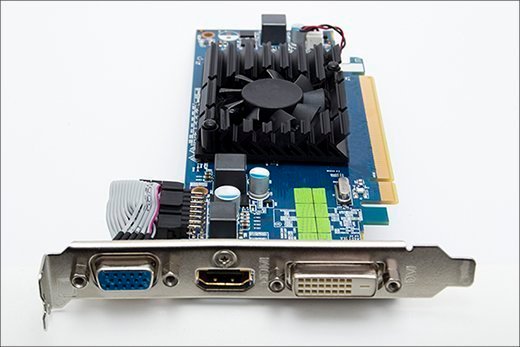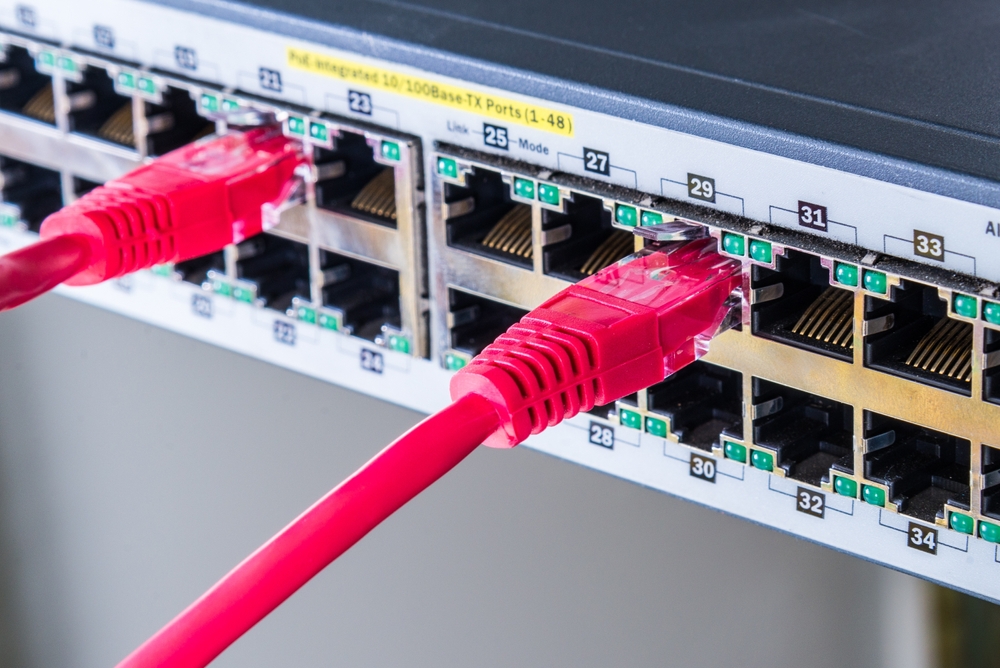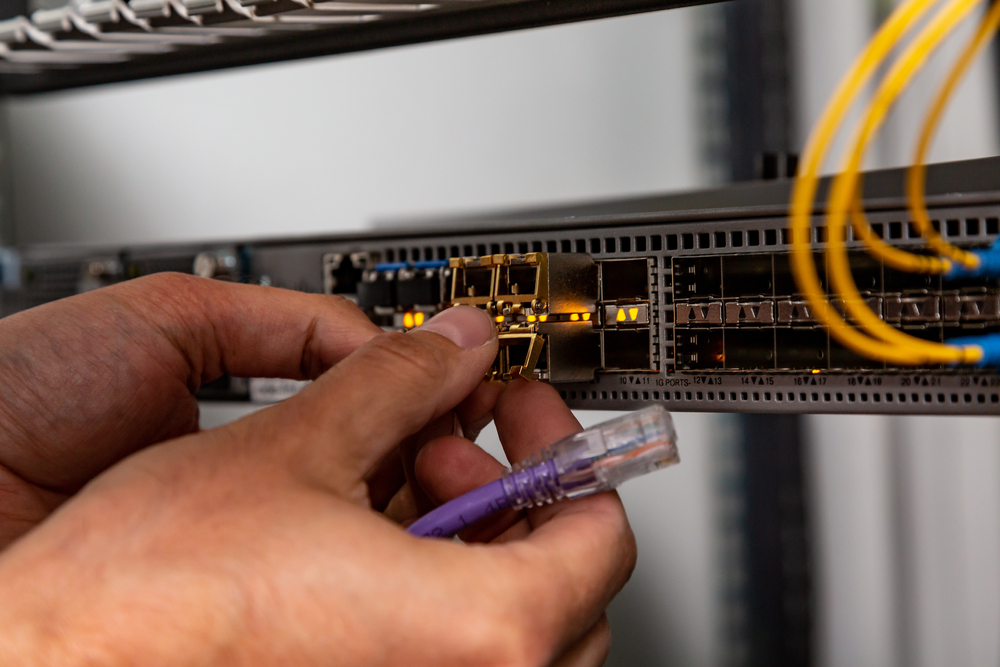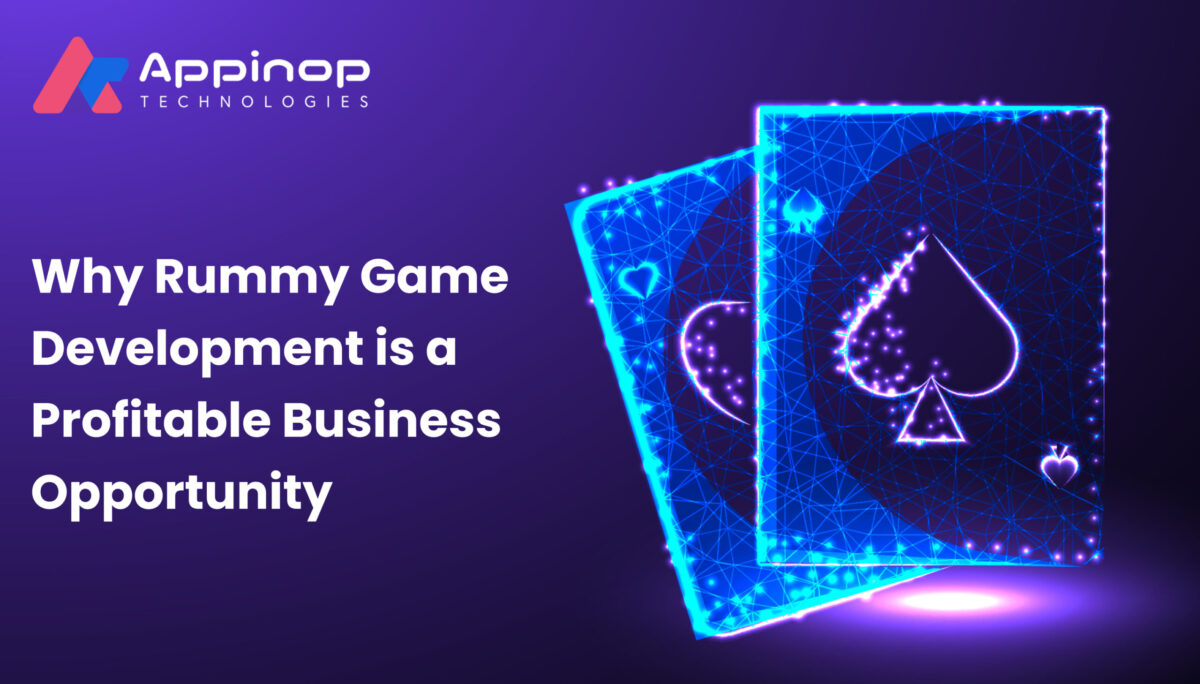In the world of computer hardware, video memory plays a crucial role in determining a system’s graphical capabilities. Whether you’re a gamer, a content creator, or a professional working with high-resolution graphics, having the right video memory can significantly enhance your experience. In this article, we’ll delve into what video memory is, how it works, and why it’s essential for IT hardware enthusiasts looking to optimize their systems.
What is Video Memory?
Video memory, often referred to as VRAM (Video Random Access Memory), is a type of memory specifically designed to store image and video data that a GPU (Graphics Processing Unit) needs to render visuals on a screen. Unlike standard system RAM, which handles general computing tasks, VRAM is optimized for high-speed data transfers, ensuring smooth frame rates and minimal lag in graphics-intensive applications.
Types of Video Memory
There are several types of video memory, each catering to different performance needs:
- GDDR (Graphics Double Data Rate) Memory – The most common type of VRAM, found in modern GPUs. Versions range from GDDR3 to GDDR6X, with each iteration offering higher bandwidth and lower power consumption.
- HBM (High Bandwidth Memory) – A newer type of VRAM used in high-end GPUs. It provides superior memory bandwidth and efficiency but comes at a higher cost.
- DDR (Double Data Rate) Memory – Used in integrated graphics solutions, which share memory with the system RAM instead of having dedicated VRAM.
How Video Memory Affects Performance
The amount and type of VRAM directly impact a computer’s ability to handle graphics-intensive applications. Here’s how:
- Gaming: Modern games require large amounts of VRAM to store textures, shaders, and game assets. A graphics card with insufficient VRAM may struggle to load high-resolution textures, leading to frame drops and stuttering.
- Video Editing & Content Creation: Applications like Adobe Premiere Pro and DaVinci Resolve rely on video memory for real-time rendering and playback of high-definition footage.
- 3D Rendering & CAD Applications: Engineers and designers using tools like AutoCAD and Blender need high VRAM capacities to process complex 3D models and animations efficiently.
Choosing the Right Video Memory for Your Needs
Selecting the right VRAM capacity depends on your usage requirements:
- Casual Users & Office Work: 2GB to 4GB of VRAM is sufficient for basic tasks and light gaming.
- Gaming Enthusiasts: 6GB to 8GB of VRAM is ideal for playing modern AAA games at 1080p or 1440p resolutions.
- Professional Workstations: 10GB to 24GB of VRAM is necessary for 4K gaming, video editing, and 3D rendering tasks.
IT Hardware Considerations for Video Memory
When investing in a new graphics card, consider the following IT hardware factors:
- GPU Compatibility: Ensure that your chosen GPU is compatible with your motherboard and power supply.
- Cooling Solutions: High-performance GPUs generate heat; investing in a proper cooling system will prevent overheating.
- Bandwidth & Speed: Higher bandwidth VRAM, such as GDDR6X, ensures better performance in demanding applications.
Upgrading Video Memory: Is It Possible?
Unlike system RAM, video memory is typically soldered onto the graphics card and cannot be upgraded separately. To enhance VRAM capacity, you would need to purchase a new graphics card with higher VRAM.
Conclusion
Understanding video memory is crucial for making informed decisions about computer hardware upgrades. Whether you’re gaming, editing videos, or running professional design software, selecting the right VRAM ensures optimal performance. By considering the type, capacity, and performance of video memory, you can maximize your system’s potential and enjoy a seamless computing experience.
For IT professionals and gamers alike, video memory remains a key component in building high-performance machines. Stay updated with the latest advancements in IT hardware to make the most of your memory investments!





